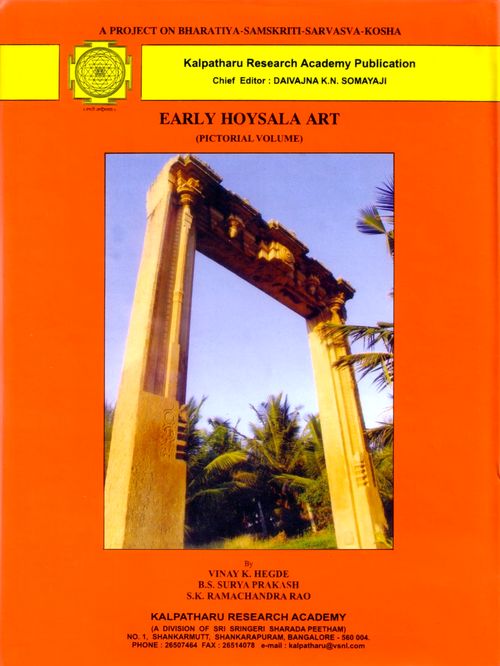CREATIONS EXTRAORDINARY - I
Worshipers rushing into the temple.
Remarkable work on the lintel, court scenes of Dasharatha and Vishnubardahana adorn the facade of entrance to
ChennaKesava temple, Belur.
Remarkable work on the lintel, court scenes of Dasharatha and Vishnubardahana adorn the facade of entrance to
ChennaKesava temple, Belur.
I am a little bewildered too - where to start and where to end. I searched and read many many articles and photo-features in the internet on architecture and art of temples of Hoysala period - on temples of Belur, Halebid and Somnathpura in specific. I am wondering if most of what can be published have already been published - text and photos included.
Bearded and bejeweled male drummer -
one among 3 male musicians on brackets
one among 3 male musicians on brackets
ChennaKesava temple, Belur.
(Placed among those famous wall brackets of Mohini !!)*
(Placed among those famous wall brackets of Mohini !!)*
When at the temple complex at Belur and Hoysaleswara temple of Halebid, I noted constant streams of visitors - local, tourists from other cities and States as well as from foreign countries. Guides are taking groups around and repeating their tales over and over again. Somnathpura temple had lot less visitors - still it is no longer a temple forgotten. But , Kedareswara temple at Halebid can be surely termed a forgotten one.
Obeisance of the 'Pandavas'.
Hoysaleswara temple, Halebid.
In a way , it is sad. This temple cannot compete with the sprawling Hoysaleswara temple in terms of size or display of wall-reliefs as well as friezes , but surely is comparable in terms of quality of art-work. Tourists get their eyeful at Hoysaleswara temple and therefore do not explore this temple. We hired an auto-rickshaw to visit the cluster of Jaina temples and neighbouring Kedareswara temple. Surprsingly, the yound auto-rickshaw driver did not know about the existence of this fine example of Hoysala art ! This shows the ignorance at the ground level of Halebid about the worth of this temple.I found just a Spanish couple and 2/3 Indian tourists there enjoying the wonderful work of art of Kedareswara temple.
Rama the Archer - one of the difficult-to-capture wall-reliefs of
Rama temple, Belur.
These reference books were expected at important book stores of Mysore !
When I visited Pattadakal complex and Aihole in 2011, I noticed the temple architecture of Badami Chalukyas differ from what we find in Orissa and Central and Western India. The mightiest among the lot - Virupaksha temple of Pattadakal - has a style statement of its own. Perhaps, architectural details from the twin temples of Siva and SuryaNarayan of Lakundi also can be referred to in this context.
Stone pillars - one with delicate designs and the other 'lathe-turned' - inside Mantapa of
ChennaKesava temple, Belur.
NOTE :
*1. This male drummer's attributes - both physical as well as dress/ornaments - are to be noted carefully. He is elaborately dressed like a woman, in contrast to the other 2 of the male musicians placed on the brackets/arches. Question I have - is this a woman incognito ?
.









1 comment:
I'll be interested to hear about the "Early Hoysala Art" book when you get it, if you have time. That interests me more than their great later temples.
Post a Comment